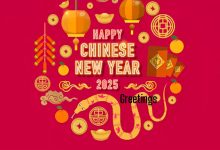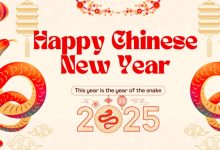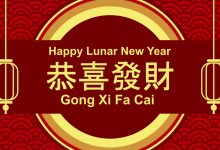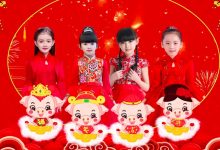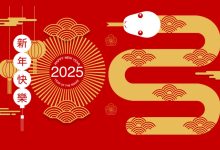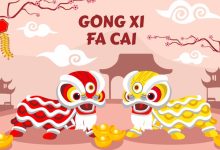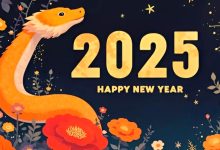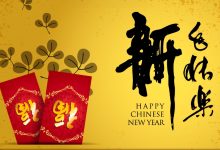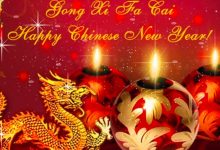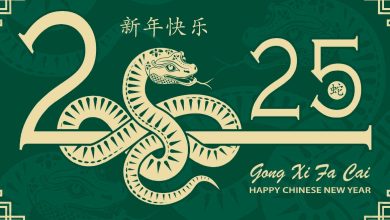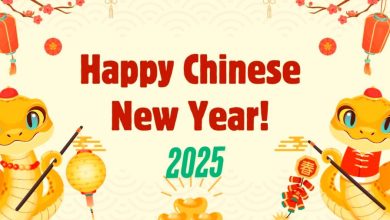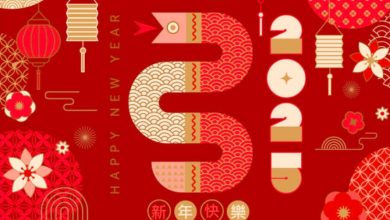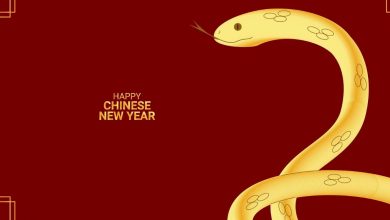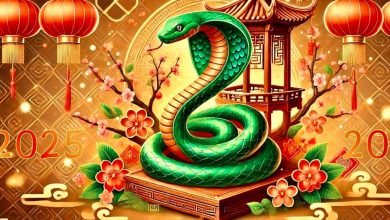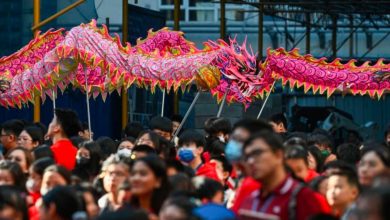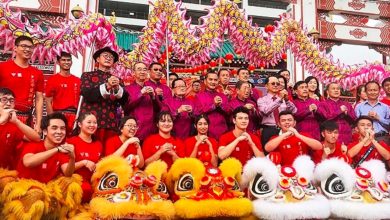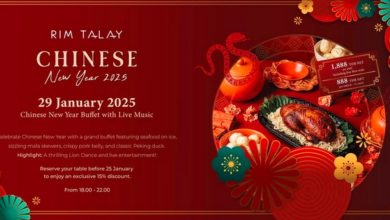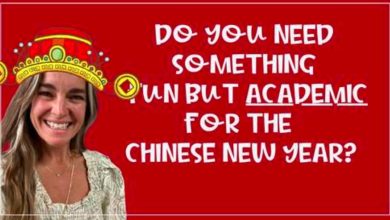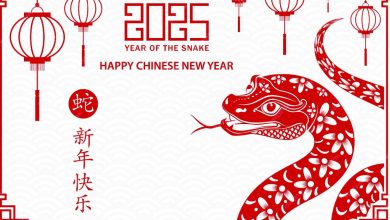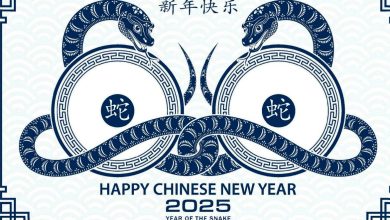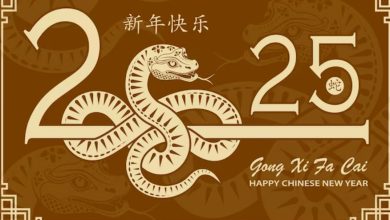Happy chinese new year eve images 2025
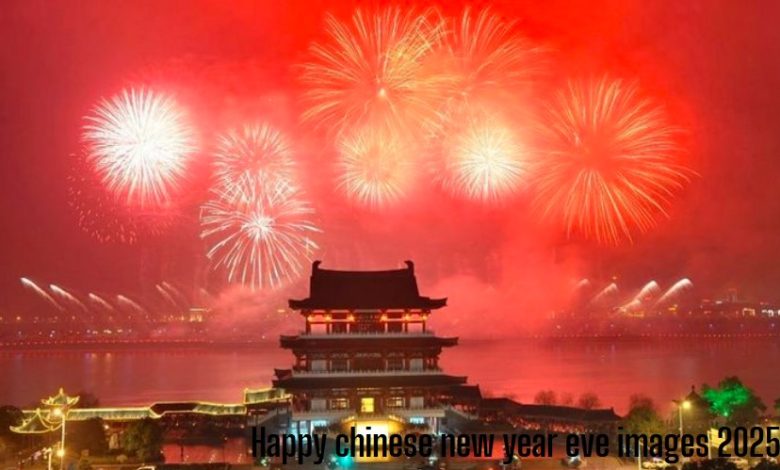
Chinese New Year’s Eve is one of the most important and festive occasions in Chinese culture, marking the transition from the old year to the new one. In 2025, as the world prepares to welcome the Year of the Snake, the eve of Chinese New Year will be filled with family reunions, heartfelt wishes, and traditions that reflect the values of harmony, prosperity, and good fortune.
Images celebrating Chinese New Year’s Eve capture the essence of this holiday, often showcasing vibrant colors, cultural symbols, and joyful moments. These images, whether shared on social media, printed on greeting cards, or used as decorations, play a significant role in spreading festive cheer and uniting people worldwide. Let’s explore the meaning behind these visuals and the key elements that make Happy Chinese New Year’s Eve images so special.
The Importance of Visuals in Chinese New Year Celebrations
Visual representations of Chinese New Year traditions hold deep cultural significance. They symbolize the shared values, hopes, and blessings of the holiday. Happy Chinese New Year Eve images are more than just artistic expressions; they are tools to communicate wishes for luck, happiness, and success.
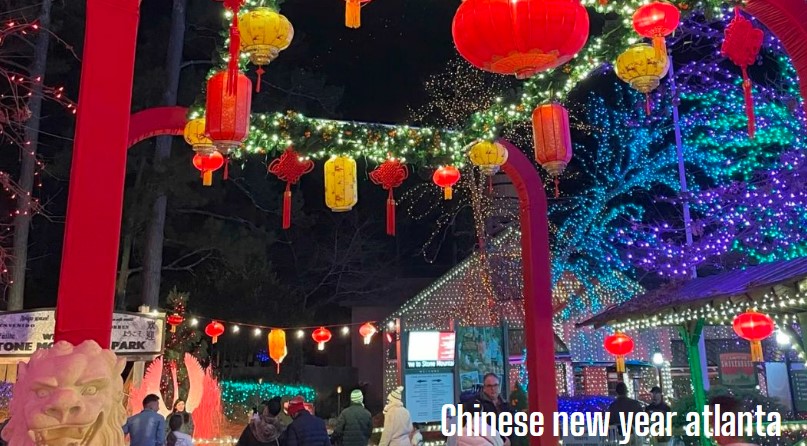
In today’s digital age, these images are widely used for sharing greetings with loved ones, decorating homes and workplaces, and participating in online festivities. They often feature vibrant designs and elements steeped in tradition, ensuring they resonate with the cultural and emotional significance of the occasion.
Key Elements in Happy Chinese New Year Eve Images
1. Red and Gold Colors
The colors red and gold dominate Chinese New Year imagery. Red represents luck, joy, and protection against evil spirits, while gold signifies wealth and prosperity. These colors create a visually striking and auspicious combination, making them a staple in New Year’s Eve designs.
Images for Chinese New Year Eve often incorporate red backgrounds with golden details, such as calligraphy, lanterns, and coins. These vibrant visuals instantly evoke feelings of celebration and optimism.
2. Traditional Symbols
- Snake Iconography: Since 2025 is the Year of the Snake, many images prominently feature this zodiac animal. The snake is often depicted as elegant and wise, surrounded by other auspicious elements to symbolize a successful year ahead.
- Lanterns: Red lanterns are a universal symbol of Chinese New Year. They represent brightness, hope, and family unity. Happy Chinese New Year Eve images frequently show glowing lanterns hanging in streets, homes, or festive settings.
- Firecrackers and Fireworks: Firecrackers and fireworks symbolize warding off evil spirits and welcoming the new year with energy and excitement. Images featuring these elements often depict vibrant explosions of color lighting up the night sky.
- Fu Character (福): The Chinese character for “blessing” or “good fortune” is a common motif. It is sometimes shown upside down, symbolizing the arrival of good luck. Including this character in New Year images is a traditional way of sharing blessings.
- Peach Blossoms and Plum Blossoms: These flowers symbolize renewal, vitality, and the promise of spring. They are often included in New Year visuals to signify growth and beauty in the coming year.
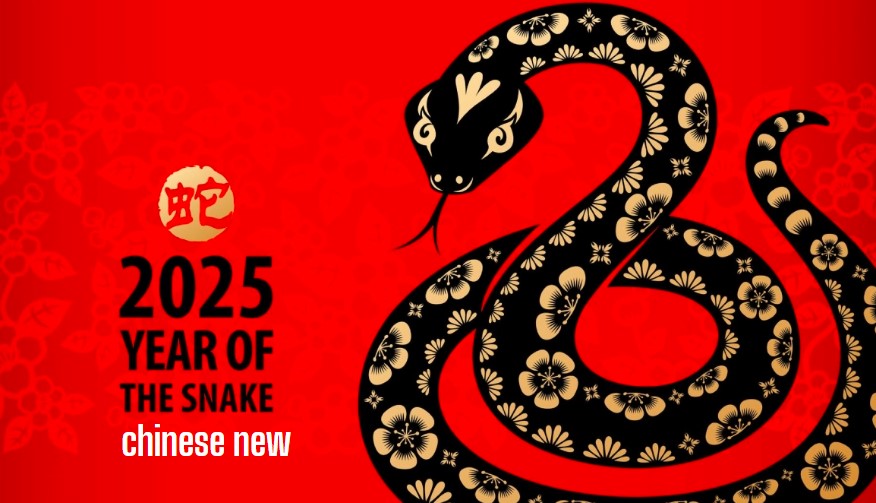
3. Family Reunions
A recurring theme in Chinese New Year Eve images is family unity. Illustrations or photos showing multi-generational families gathered around a dining table convey the importance of togetherness. Such visuals highlight the essence of the holiday: strengthening family bonds and honoring traditions.
Common scenes include families enjoying a reunion dinner, children receiving red envelopes (hongbao) from elders, and loved ones watching the New Year Gala on television.
4. Zodiac and Calendar Motifs
Since Chinese New Year is based on the lunar calendar, Happy Chinese New Year Eve images often incorporate symbols of the moon and stars. Additionally, the zodiac animal of the year—in 2025, the Snake—is featured in creative ways, such as stylized calligraphy, cartoons, or ornate illustrations. These images celebrate the unique identity of each year.
5. Calligraphy and Greetings
Traditional Chinese calligraphy is an integral part of New Year imagery. Phrases such as “Happy New Year” (新年快乐, Xīnnián Kuàilè) or “Spring Festival Greetings” (春节快乐, Chūnjié Kuàilè) are written in bold, artistic styles. Some images include poetic couplets or idioms expressing good wishes for health, success, and happiness.
These messages, paired with festive visuals, make Chinese New Year images more meaningful and engaging.
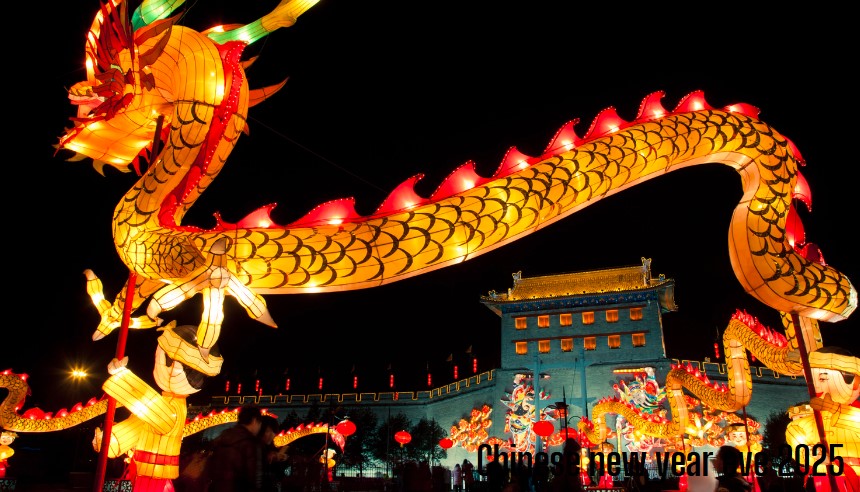
Digital and Artistic Trends in 2025
Digital Greetings
In 2025, digital Happy Chinese New Year Eve images are likely to dominate social media platforms and messaging apps. Animated GIFs, short videos, and augmented reality (AR) filters featuring festive symbols are expected to enhance the celebratory spirit. Popular trends may include personalized zodiac-themed animations and virtual red envelope exchanges.
Modern Aesthetics
While traditional imagery remains popular, modern and minimalist designs are gaining traction. Clean lines, subtle textures, and innovative uses of red and gold create contemporary visuals that appeal to younger audiences. For example, sleek illustrations of a snake entwined with lucky coins or abstract representations of lanterns may be featured in trendy designs.
Sharing the Joy with Images
Happy Chinese New Year Eve images are more than decorative visuals—they are an expression of joy, hope, and cultural pride. Whether shared as part of social media posts, used in virtual gatherings, or printed on decorations, these images help bridge the gap between tradition and modernity. They enable people around the world to participate in the celebration and spread positive energy.
